A lifetime of devouring science fiction, video games and comics led director Brad Peyton to the job of his life: directing Jennifer Lopez in a damn movie with mech suits. Register for Atlasnow streaming on Netflix, it was an easy yes: With two big-budget Dwayne Johnson vehicles under his belt, Rampage and San AndreasPeyton was no stranger to A-list-driven spectacle. Still, the film was an intimidating prospect for someone with a deep appreciation for mech suits, mech tanks, oversized mechas, and all the invented classifications in between. .
“Was very aware of what had happened to me,” Peyton tells Polygon. The director quotes James Cameron's film. aliens and Avatar as obvious but undeniable milestones in on-screen mech art. He knew that the titan fall games put pressure on any new attempts at live action, having created a total immersion in the robot fighting experience. But when he began to imagine how to rethink mechs, he returned to the first half-mecha that really blew him away: Stuart Gordon's. jox robot.
Peyton can't explain why jox robot It was his holy grail, but talking to him, it's obvious: like Gordon's vision of the future, where Earth's conflicts are resolved through colorful robot duels, Atlas He needed a clear, well-defined logic that would ground the world-building, but also allow him to tear apart the action department in a way that would delight his inner child. And at the end of the day, he needed to be original.
“The biggest thing was: I knew I had to separate myself from everything,” Peyton says. “I had no interest in repeating. I said, Rim PacThe (mechs) are this big. In Avatarthey are this big. In Titanfall, they are this big. So mine will be this big. This could be square and blocky, so mine will be circular. I come from animation. So a lot of this started with me drawing the silhouette and figuring out how to make it unique and different.”
Atlas takes place in a relatively sunny future that still exists in the shadow of an impending apocalypse. Decades earlier, a rogue artificial intelligence named Harlan (Shang-Chi's Simu Liu) fled Earth to an alien planet with the intention of one day returning to wipe out humanity. When scientists discover Harlan's whereabouts, Terran forces launch a mission to bring the fight to the robot army's doorstep. Leading the charge: Atlas Shepherd (Lopez), a data analyst recruited to attack Jack Ryan on Harlan's ass. Of course, the attack doesn't go as well as the Earthlings would hope, and Atlas has to reluctantly don an AI-powered mech suit to survive on an alien planet populated by androids who want her dead.
The grounded futurism of AtlasEarth led Peyton and his creative team to extrapolate current military technology for the robot's design. The rounded edges and exhaust pipes are lifted from F-18 aircraft. The interior control panels were built for theoretical functionality.
“I had to understand all the technology from the inside out,” Peyton says. “Because of my experience in San Andreas, where I had to understand how a helicopter worked intimately to tell Dwayne what buttons to press and not to press, at least when he could hear me! — I took that experience and wanted to give (López) a similar experience. I explained to the art department why there are screens in certain places and why there are holograms in other places. And then on that day, I give it little wires to say, 'That's this screen.' That's where the screen is. “So after we got through the blockade, I took them off and she had to memorize where they were.”
:no_upscale()/cdn.vox-cdn.com/uploads/chorus_asset/file/25463534/ATLAS_SG_00016.JPG)
Image: Netflix
The drawings and schematics were only half of the equation. After drafting a design, Peyton set out to make his vision a reality. From an animation standpoint, that meant animating several walking cycles to see if the bipedal machine could move in the right direction.
“The first designs we had when we animated them to see how they would work (very basic animation, walk, run, walk, jog, running cycles) looked so clunky and terrible,” Peyton says. The animation team found a rhythm when they clarified the dynamic between man and machine. “(Mechs) are intuitive devices. The concept that occurred to me was that the soldier is the brain. He doesn't have to be super strong. He is not like a grunt: the machine is the grunt. He is the emotional cognitive device that synchronizes with this. Therefore, he has to be able to be as fluent as a person trained in it.”
As Atlas traverses the biomes of Harlan's home planet, from snowy tundras to swamps inspired by Peyton's love of Return of the Jedi — the film's heroine loosens her “non-AI” stance and forms a cognitive bond with her robot's digital interface. In a twist on the buddy cop movie, the two team up to survive, which comes across as more fluid, mechanical movements. At first, Atlas might be stumbling around a rocky cliff. By the end, she's running, rolling, and slapping the assaulting robots with mech-fu. Early tests of the walk cycle were helpful for the dramatic evolution, which Peyton was able to program into a huge gimbal soundstage rig that replaced the mechanical suit. López adapted surprisingly well to the demands of mechanical choreography.
“Her experience as a dancer is what allowed her to evaluate that quickness,” Peyton says. “As much as it looks like she's walking, (the robot) is walking her and she has to react as if she were walking. So her training as a dancer allowed her to take a step forward.”
:no_upscale()/cdn.vox-cdn.com/uploads/chorus_asset/file/25463533/ATLAS_SG_00003.JPG)
Image: Netflix
It also helps that López routinely performs before thousands of people alone on a stadium stage. Peyton says Atlas It turned out to be one of the most demanding shoots of his career, simply because for six or seven weeks, Lopez performed alone on a gimbal rig that would be completely painted with plate shots, VFX environments, and bursts of other action. sequences filmed elsewhere. From time to time, voice actor Gregory James Cohan would call in to perform the dialogue of Smith, his artificial intelligence companion.
All the prep work involved in creating a live-action robot and clicking on a star who could control it served to shake up audiences, Peyton says. The first time we see the mechs in action is not in an act of valor; They are caught in an ambush, mid-flight. The aircraft carrier sinks, as does Atlas, on its platform. Peyton's imagination whirled at the possibilities, as evidenced in the finished sequence. “(The robot) would be spinning, spinning and getting hit by debris. What would it be like to be trapped in that can? How would it sound? How would it feel? And once I get over that experience, then how can I up the ante? Well, what if I fall through black clouds and I'm basically falling into a WWII dogfight, but with mechs and drones? (…) Those are just the first, I don't know, 20 seconds of a two-minute sequence.
“That's how I design,” he says. “I want to surprise you. “I want to give you something you can’t see anywhere else.”
Atlas is streaming on Netflix now.







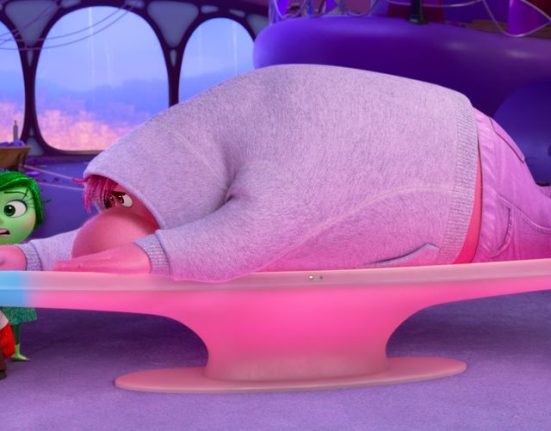
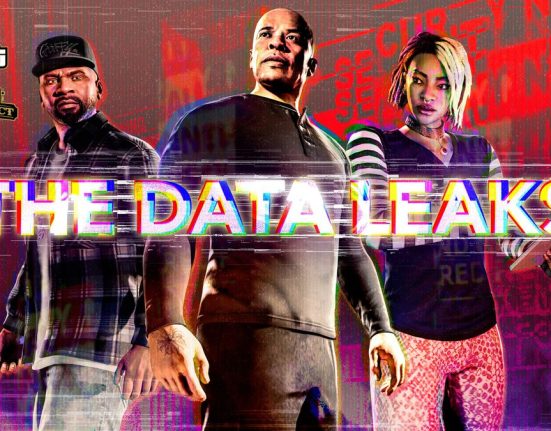
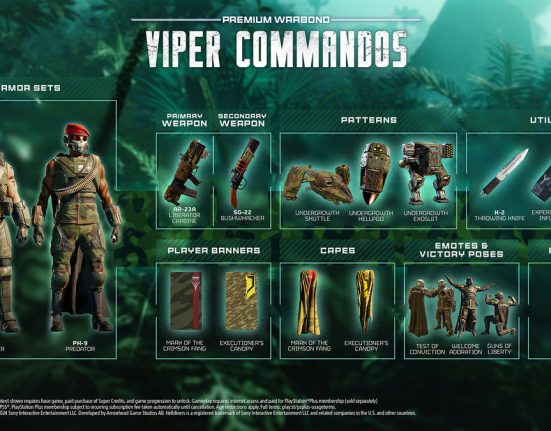
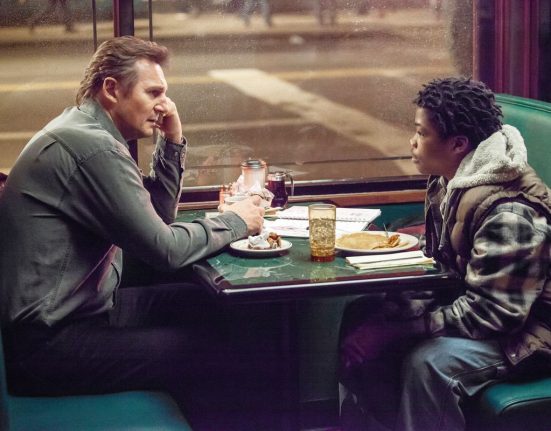
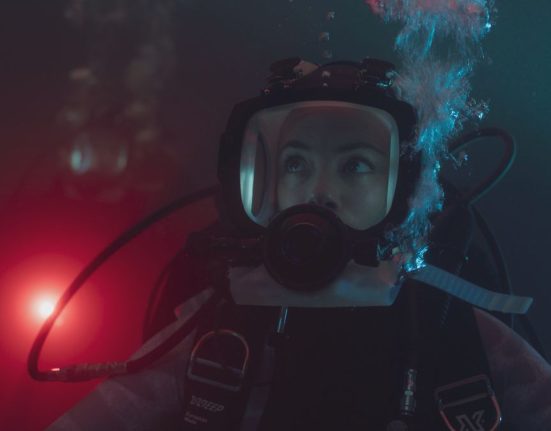
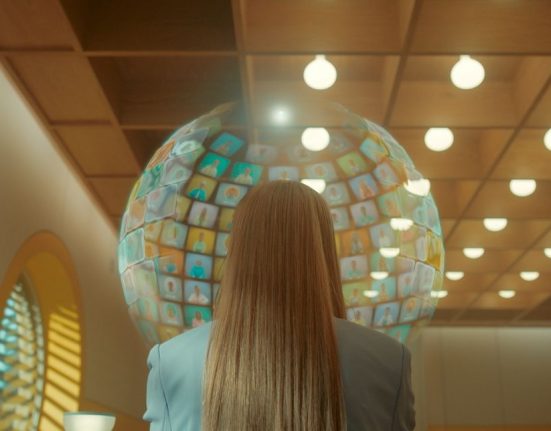
Leave feedback about this